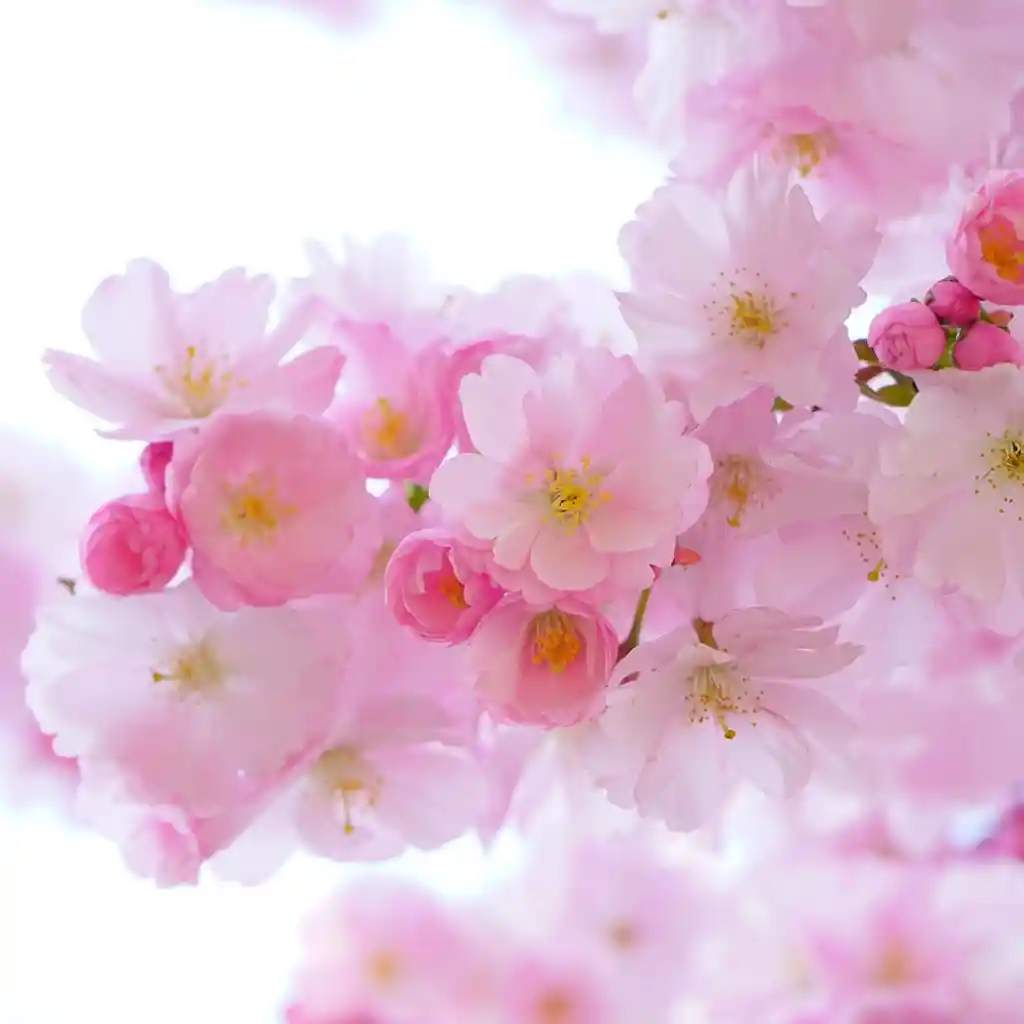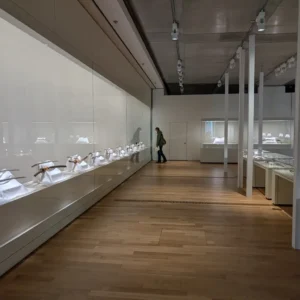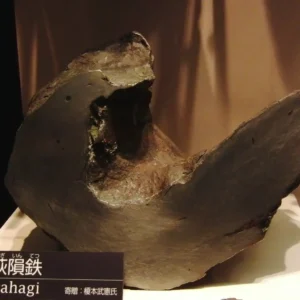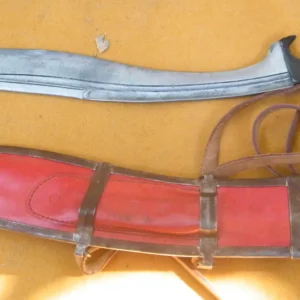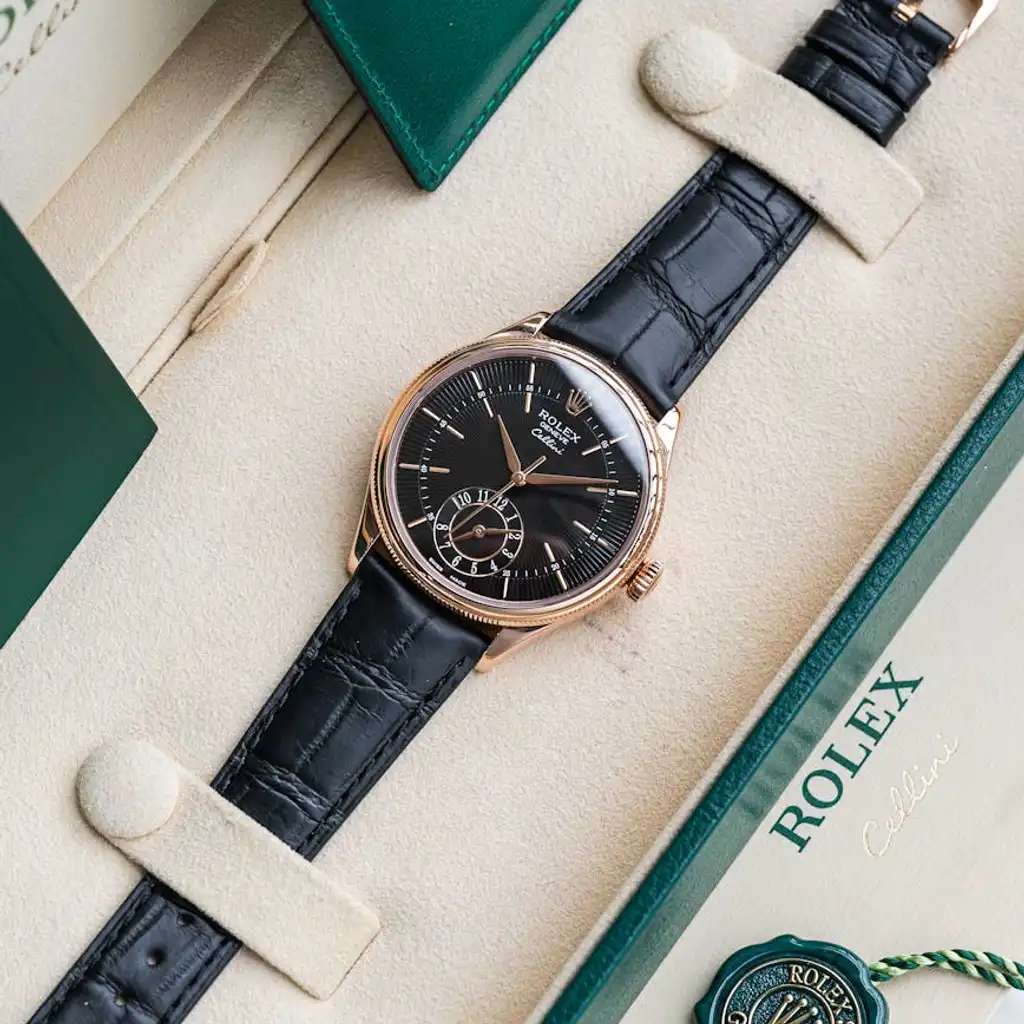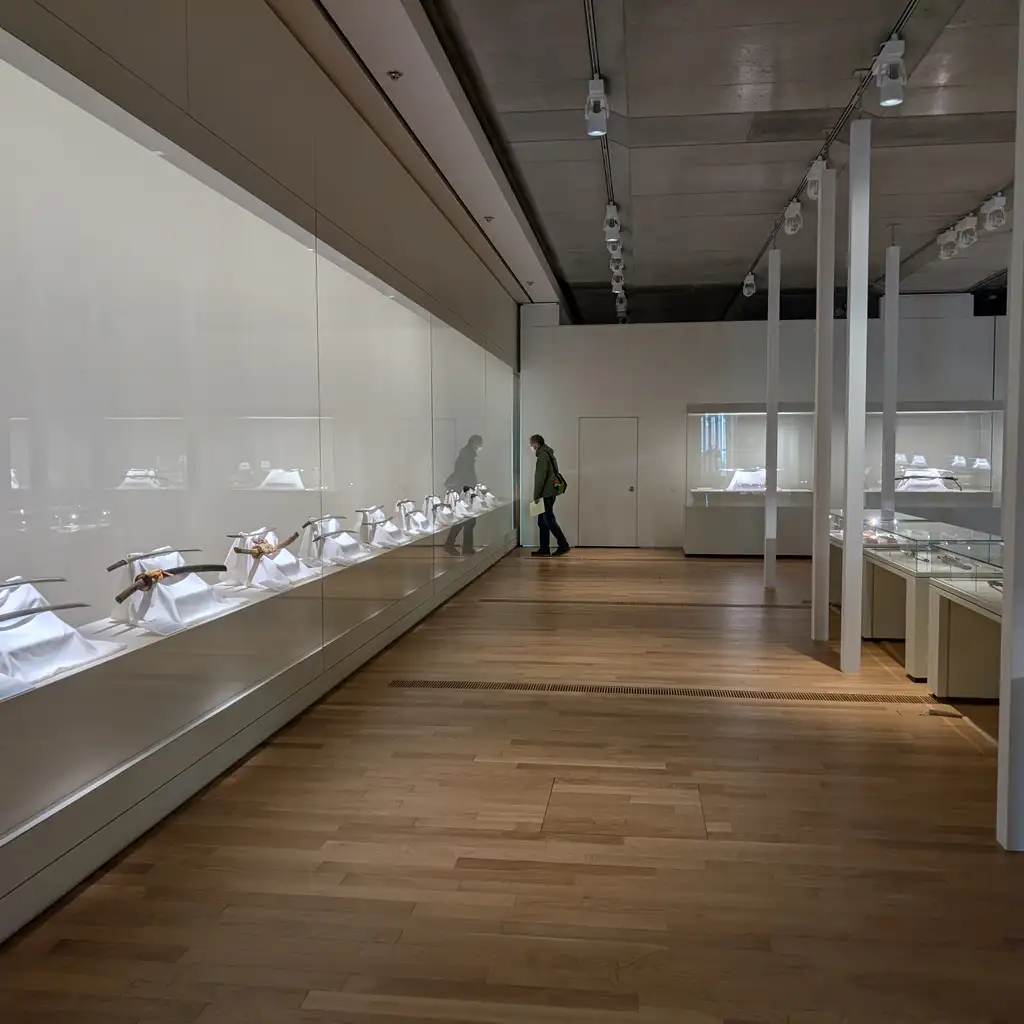Japanese swords, renowned the world-over, owe their artistry to ancient Emperor Gotoba and the skilled craftsmen he attracted. Crowdfunding now aims to save the art with a twelve-sword project.
In the 3rd year of Jōkyu (1221) in the Kamakura period, the cloistered Emperor Gotoba (1180-1239) raised an army to attack the Hojo Regents of the Kamakura Shogunate. However, he was soundly defeated and exiled from the capital of Kyoto to the Oki Islands, which are located off the coast of present-day Shimane prefecture.
The fall of 2021 marked the 800th anniversary of his exile to the islands. In commemoration of this event, Japanese swords were forged in front of the gods at Oki Shrine on Nakanoshima, the Oki Islands.
Emperor Gotoba was the genius who caught the fascination of people by infusing Japanese swords ー namely weapons ー with artistry. Gotoba is also known to have excelled in both literature and martial arts (Bunbu-Ryodo: the pen and the sword in accord).
After sunset on October 16, 2021, many people, including Tatsuya Maruyama, the Governor of Shimane, came to hear the ringing of hammers hitting the red-hot tamahagane and see the sparks flying into the darkness. The site was a makeshift forge constructed in the precincts of Oki Shrine, Ama Town.
Dedication events were held at Oki Shrine over the whole day, celebrating the 800th anniversary of Gotoba’s arrival to the Oki Islands. The festival concluded with a ceremonial sword forging demonstration dedicated to the enshrined spirit of Emperor Gotoba.
Gassan Sadatoshi, a designated Intangible Cultural Property of Nara Prefecture, and his apprentices all donned traditional e-boshi and costumes to carry out the ceremonial sword forging.
The Gobankaji (swordsmiths in monthly rotation) was a system that was implemented about 10 years before the Jokyu War. The cloistered emperor Gotoba invited masters of each school, starting with Norimune, the founder of the Bizen Fukuoka Ichimonji school, and other smiths from various provinces to make swords with him every month.
In the history of swords, Emperor Gotoba was an avid sword enthusiast with a discerning eye. It is thought that the reason that there are many famous swords from the Kamakura period is due to Gotoba’s participation in sword making. Masters swordsmiths further refined their skills, raising the function and beauty of the Japanese swords up to a higher level.
Emperor Gotoba also commissioned a large volume of Japanese poetry, called the, Shin Kokin Wakashu (New Collection of Ancient and Modern Poems).
Japanese sword researcher, Paul Martin, said, “I feel like I was called through time and across the sea by Emperor Gotoba.”
After working as a curator at the British Museum, he has been active in Japan since 2004. He is also a trustee of the Society for the Promotion of Japanese Sword Culture Promotion (NBSK).
He first visited the Oki Islands in the early winter of 2017. While visiting historical sites related to the emperor, he suddenly came up with the idea of producing a 21st century Gobankaji. He made a proposal for the project to Mr. Shigeki Murao, a priest at Oki Shrine, and received his approval.
Enlisting the help of acquaintance and television director, Satsuki Sugimoto, Martin’s proposed project began and the forging demonstration in front of Oki Shrine was finally realized in October 2021.
There was also sword forging carried out at Oki Shrine in 1939. Swords were dedicated to the shrine commemorating the 700th anniversary of Emperor Gotoba’s death by a group known as the Showa Gobankaji. The swords made by the prewar swordsmiths are on display at the Emperor Gotoba Museum in Ama Town.
One of the participants was swordsmith Gassan Sadaichi, the father of Gassan Sadatoshi, who has become the first member of the Shin-Gobankaji.
Martin and his colleagues plan to have a total of 12 swords made by 12 modern master swordsmiths. The same number as Emperor Gotoba’s original Gobankaji. The completed swords will be dedicate
